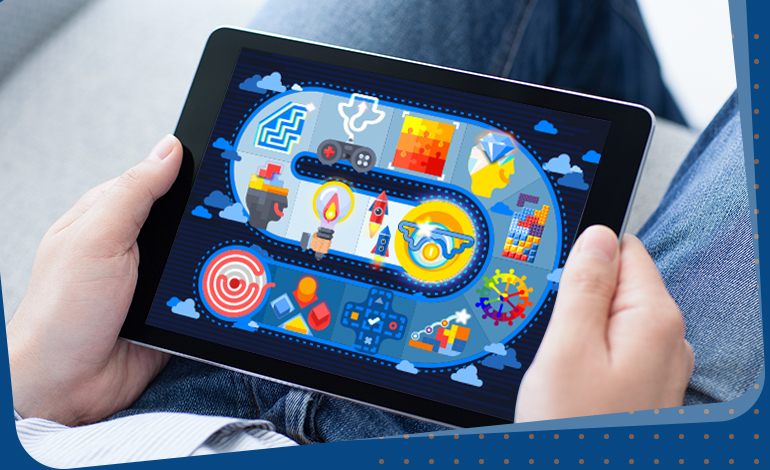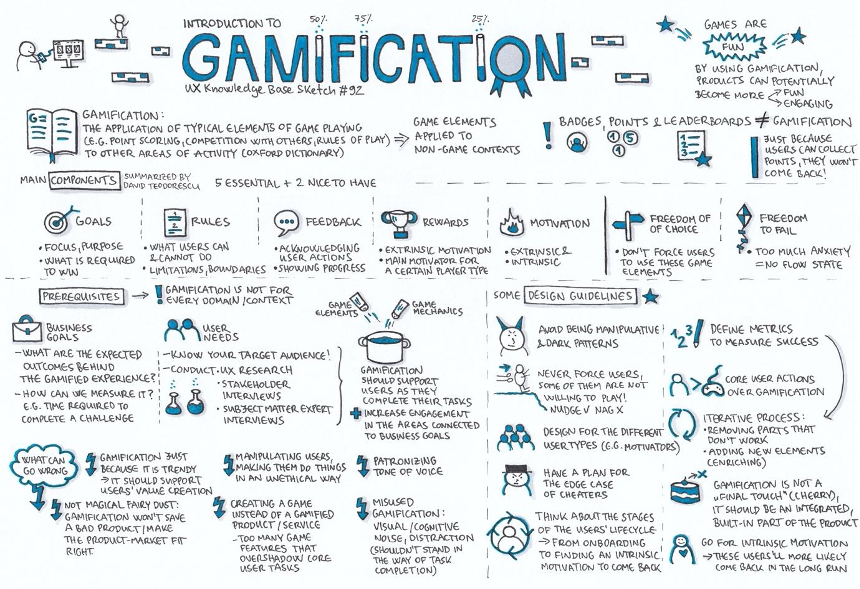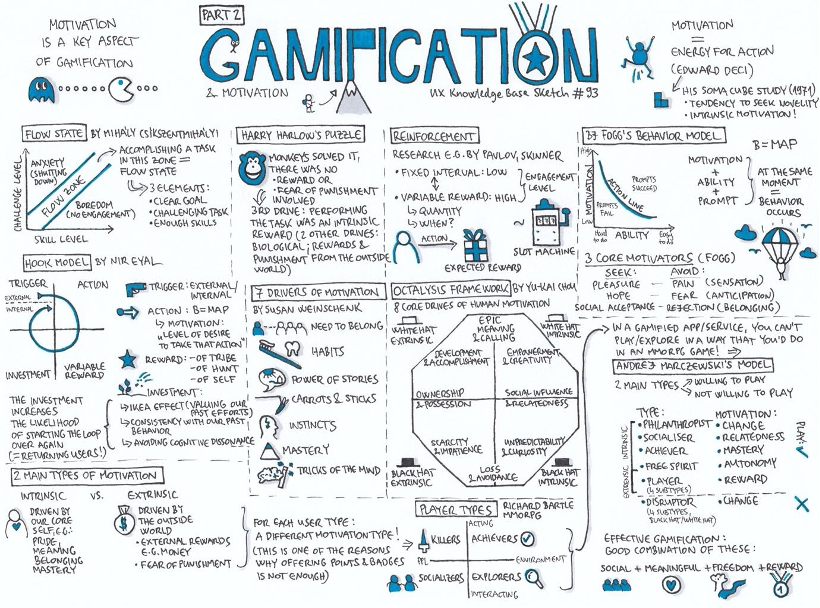What Makes Extended Enterprise Training Successful?
Businesses worldwide use extended enterprise training as a strategic tool to grow their business. It means different things to different organizations and can be broadly categorized into customer training and partner training, underpinning the source of revenue for the business. Extended enterprise training is also significant for associations and member-based organizations, public organizations, and academic institutions.
However, in the era of specialization, having the same system for delivering internal employee and extended enterprise training does not work. Plus, having a system designed specifically for your industry makes it even better.
Let’s see why extended enterprise training is beneficial for you.
Four Core Benefits of Extended Enterprise Training
Improved brand reach and visibility: When you train a group, they become better brand ambassadors, know your products and services thoroughly, and help you create brand visibility.
Increased revenue: The outcome of extended enterprise training is adding revenue for your business. If you are training your channel partner network, they can sell better and in turn, get more business. If you train your customers, they can use the products and services better and add to revenue through renewed subscriptions.
Reduced costs: When your customer and partner ecosystem are better educated about your products and services, it improves customer satisfaction and reduces risks associated with knowledge gaps and misinformation. It reduces the overall customer support costs too.
Accelerated time-to-market: With an extended enterprise training infrastructure, you can roll out new products, features, services to the known territories faster. You can also expand to newer territories effectively and add to sales revenues.
What Facilitates Extended Enterprise Training?
You need a robust hosted learning management system (LMS) to roll out and manage extended enterprise training – an LMS with the capability to deliver learning content in various formats, tracking and measuring performance. All enterprise learning initiatives are different, but five common traits bind them:
1. All are voluntary learners on your LMS. This audience isn’t your employee, so you must invest in creatively engaging them.
2. The size of the audience is larger than internal training. In some cases, the LMS needs to support more than 100,000 learners.
3. Extended enterprise deployments must typically integrate with several other systems and tools, including CRMs, e-commerce, marketing automation, content management, customer support.
4. Specific business objectives drive most extended enterprise learning programs, and to measure the success of these objectives, tying them to defined metrics is essential.
5. Extended enterprise learning systems are domain-specific.
Step-by-Step Implementation of Extended Enterprise Training
So, how can you start implementing an extended enterprise learning program in your organization? Here are five basic steps to start with.
Step 1: Determine your target audience
Like any other new initiative, you need to identify your target audience before you think of doing anything. Figure out whether your targeted learners are customers, vendors, distributors, suppliers. And since they aren’t your employees, you’d have to invest a lot of time and effort and customize the approach, content, or even the training itself for their tastes or needs.
Step 2: Define your KPIs
Your next step must be defining the key performance indicators. When you define the expected outcomes, you’d have a clear roadmap. And every target audience segment’s KPIs will be different. Your distributors and agents’ KPIs can be their sales and quality of service metrics, while your customers’ KPIs could be customer satisfaction, the frequency of use, or conversion rate after taking the training.
Step 3: Gauge your LMS capabilities
Find out the exact capabilities of your LMS. It must be able to handle different groups as well as a number of learners. Extended enterprise learning needs to have separate content, user profiles, and rules.
Step 4: Calculate ROI
Calculating the approximate training costs at each stage will hold you in good stead to convince your stakeholders to adopt the program. Do you create courses in-house or outsource? How much does this process cost per learner? How do you compute the ROI of each training course that you run?
Step 5: Make a business case
After all your data collection and analysis is over, gather your requirements and get going on a feasible business case for an extended enterprise learning strategy.
Conclusion
Driving a revenue stream with extended enterprise training plays a significant part in your business success. Mapping the LMS to your target audience groups’ exact needs is the foundation. There are more than 800 LMS in the market available currently and selecting the right one can be a daunting proposition.
You have corporate LMS that are primarily built for employee training and can be customized for extended enterprise training while the open-source platforms focus purely on extended solutions.
If you need help in finding the right LMS for your extended enterprise training, we can help. For organizations focused on English language education, we have a Language LMS specially crafted by our ELT experts. We also offer hosted LMS that is widely being used by training companies, publishers, and educational institutions. Contact us to learn more.









